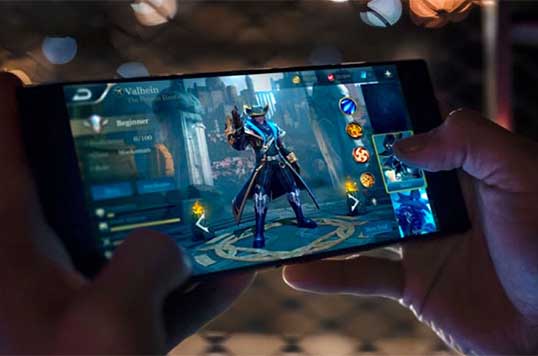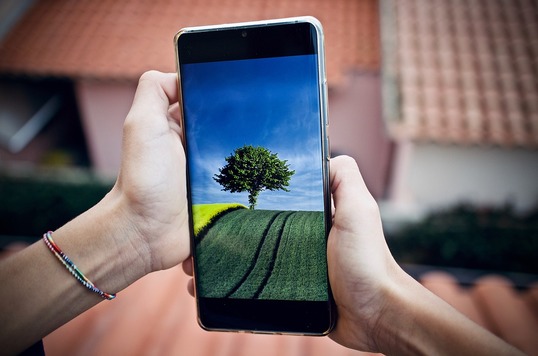
What does Headphone Sensitivity mean?
"So, is sensitivity an essential factor to look out for in a headphone? A sensitivity level doesn't mean much unless it is balanced by an audio system's output capability."
Sensitivity is how an earphone transforms an electrical signal into an acoustical signal efficiently. Sensitivity means how noisy the earphones from the source can be for a given amount. This calculation is given in Sound Pressure Level decibels per milliwatt, or dB SPL/mW. It could be seen as dB/mW in some instances and is based on a 1 mW input signal. One mW, or 0.001 Watts, is one-thousandth of a watt.
A defined headphone's loudness is directly related to its impedance and sensitivity.
When learning about a headphone's sensitivity, since they are co-related, you can also consider the impedance.
Headphone impedance defines how much electrical resistance a headphone provides to an audio source's signal. A headphone that has an impedance ranging from 20-40 Ohms would make a fair option for a casual audience.
High-impedance headphones are less sensitive and can sound louder when used with the phones in the build amplifier. For this purpose, to drive and get better sound, higher impedance headphones would take more power.
Sensitivity Range
Earphone sensitivity is typically in the 80 to 125 dB SPL/mW range. An example is here. The sensitivity of one earphone is 122 dB SPL/mW. This means 122 dB SPL would be generated by 1 mW of electricity. This amount of SPL is above the pain threshold and can inflict lasting hearing loss within a brief period of time.
Level of Sound Intensity (SPL)
Measured in decibels (dB), it is the sound frequency that humans can detect and perceive a sound, while the human ear is not similarly receptive to sounds at the same level of sound intensity except at different frequencies (20Hz to 20kHz).
In the world of headphones, to create a high sound pressure level, most headphones won't require more than 1 milliwatt of electricity.
SPL output level

There is no linear sum of dB SPL; 2 mW in the earphone does not produce 244 dB SPL. Doubling the input power or halving it raises or reduces the SPL by 3 dB. 119 dB SPL will be produced from a .5 mW input into the earphone. A sensitivity level doesn't mean much unless it is balanced by an audio system's output capability. Using a low-sensitivity earphone will result in low SPL if a device has low-performance values. Due to amplifier clipping, increasing the amplifier frequency in this setup can lead to noisy audio.
Sensitivity Lower vs. Higher
We humans most commonly listen to a frequency of between 60 and 80dB, and 90dB for the audacious among us. Most headphones have a sensitivity level of around 100dB on average.
It ensures improved driver output without using too much power when a headphone is claimed to have higher sensitivity. Using a high sensitivity headset at high speeds, though, can also inflict harm to the drivers of the headphones and the ears. The sound may even get blurred at high levels, depending on the headset.
Headphones with low sensitivity are the opposite of headphones with high sensitivity. While they need more driving strength, these kinds of headphones are more reliable than those with greater sensitivity. This is because they do not harm the driver machine, except though supplied with more power.
In order to get better sound reproduction with lower sensitivity headphones, a high power supply system (headphone amplifier) would be needed.
So, is sensitivity an essential factor to look out for in a headphone?
Yes, it is!
Also Read:
ONLINE LEARNING EFFECT ELECTRONIC DEVICE USAGE TO RISE
TOP 5 VIDEO CONFERENCING ONLINE MEETING APPS | ALTERNATIVES TO ZOOM APP
SMARTPHONE WINNERS OF EISA AWARDS 2020-2021
TOP 5 PHONES UNDER 50K IN NEPAL WITH PRICE AND SPECS
HOW CAN YOU MAKE YOUR HOME WIFI PRIVATE?
BEST SMARTWATCH AVAILABLE IN NEPAL










